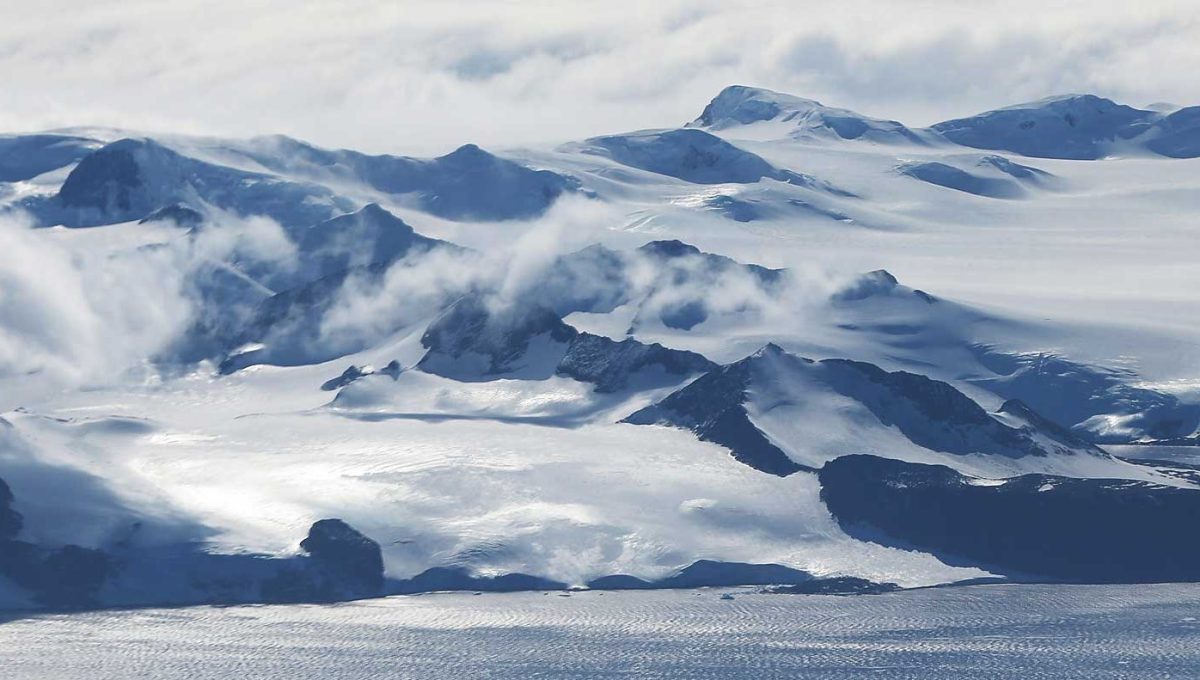Bacteria that eat methane, a greenhouse gas linked to climate change, have been discovered by scientists deep beneath the Antarctic ice.
Scientists made the discovery inside 120,000-year-old sediment and water samples taken during a 2013 drilling expedition in West Antarctica. The bacteria was found in the sediment that formed on the top of Lake Whillans, a body of water buried 2,600-feet beneath the surface, according to Newsweek.
Researchers published the results of the sediment analysis on Monday in Nature Geoscience. The location of the microbes suggests it prevents the water from being contaminated by methane leaking from a large reservoir of gas trapped beneath the ice nearby.
Researchers suspect the bacteria might decrease the potential damage caused by methane gas trapped in the ice should it and give the gas a chance to escape, Newsweek reports. The microbes survive off the gas since they’re cut off from light or heat, two primary forms of energy.
Authors of the study say an expansive network “microbial ecosystems capable of cycling important greenhouse gases” exist beneath the ice in Antarctica. However, little is know about the system of rivers, lakes, and other elements that contribute to the bacteria’s survival.
This article appeared in an InsideHook newsletter. Sign up for free to get more on travel, wellness, style, drinking, and culture.























